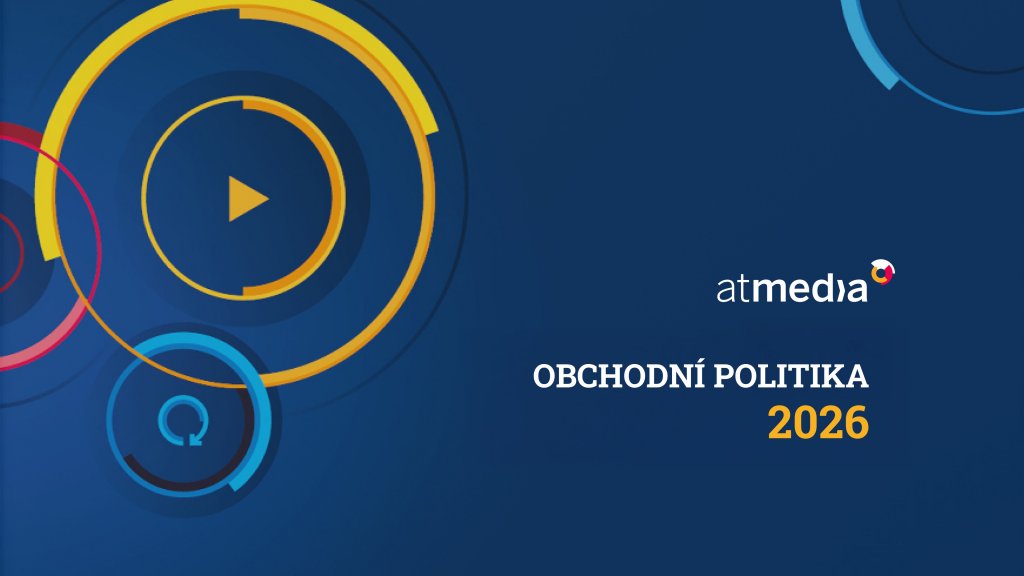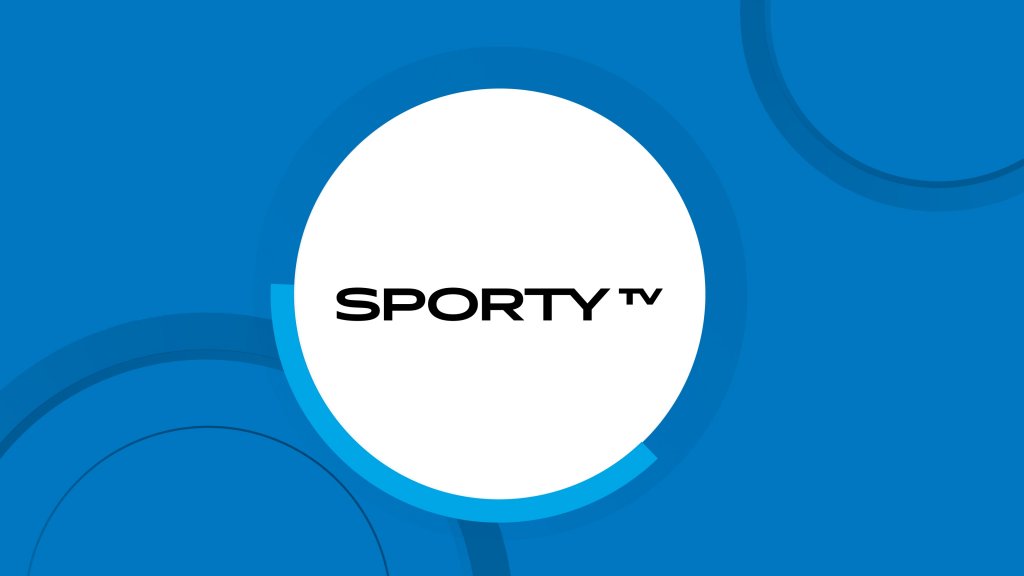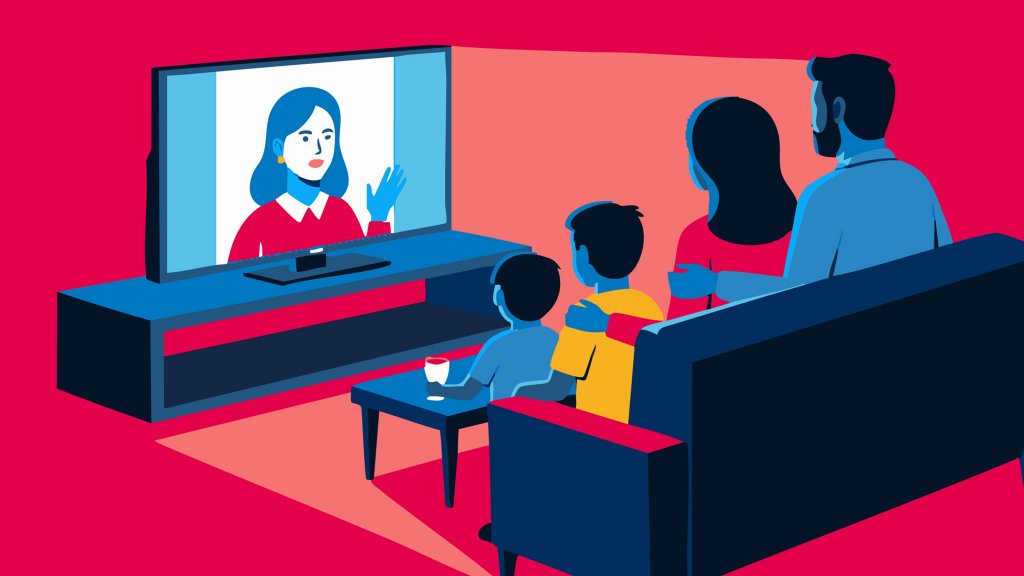Atmedia rozšiřuje portfolio o nové stanice, ceny TV reklamy zvýší o 10 %

Boost your sales by reaching out to millions of viewers on our thematic TV channels. Gain an access to expert insights and in-depth analysis of the Czech television market. Entrust your TV ad sales to a partner who knows the market inside out.
From films and TV shows to sports, documentaries, children's content and lifestyle – thematic TV channels have the unique advantage of reaching millions of viewers across all age groups and interests. Our audience stands out for its high purchasing power, coming from upper socio-economic segments
TV continues to stand out as the most effective channel for reaching mass audiences. With its unrivalled reach, strong viewer engagement, and proven ability to hold attention, television advertising plays a key role in both building brand equity and driving immediate sales results.
of Viewers Aged 15+ per Day
With TV advertising, you can reach millions of potential customers. Thanks to our thematic channels you can precisely target specific audience groups.
Source: ATO – Nielsen, Live+TS0–7, 1. 9. 2024 – 31. 8. 2025, Reach 000 / Day, TG 15+
Daily TV Viewing Time Among Viewers Aged 15+
Viewers spend several hours a day in front of their TV screens, making TV the leading medium for video content consumption. Take advantage of this and offer your products and services to audiences who dedicate a significant part of their leisure time to television.
Source: ATO – Nielsen, Live+TS0–7, 1. 9. 2024 – 31. 8. 2025, ATS / Day, TG 15+
Unaided Recall of TV Ads Among Viewers
Big screen. Sound on. Undivided attention. Viewers pay more attention to TV advertising, which makes it easier to remember. In terms of memorability, television clearly outperforms Facebook (41%) and YouTube (29%). This strong impact helps brands stay in viewers’ minds longer and strengthen brand awareness.
Source: AKTV, Track the Success CZ Edition, 2022
Looking for more ways to address your target audience? We offer four packages that organize thematic TV channels according to their audience profiles. Whether you want to reach a large number of potential customers or focus on a specific target group, we have a solution for every marketing challenge.
Your brand. The world’s biggest sports. One unbeatable ad opportunity. Reach out to affluent and active men through top-tier events on Eurosport 1 – from the Olympic Games and Grand Slam tennis tournaments to world-class cycling races and winter sports. These events deliver the perfect platform for powerful, high-impact advertising.
Spolupráci s Atmedia jsme zahájili před několika lety a od samého počátku nám Atmedia poskytuje profesionální služby a umožňuje plné pochopení trhu. Díky podpoře Atmedia náš reklamní byznys roste a těšíme se na další vývoj.
Spolupracuji se společností Atmedia od roku 2010 v zastoupení zahraničních klientů, kteří provozují televizní služby v České republice. Líbí se mi profesionální přístup jednotlivých členů týmu ke každodenním úkonům a snaha najít nestandardní řešení problémů. Díky flexibilitě, která je ve světě televizních služeb potřeba, jsme byli vždy schopni doručit nejlepší možné výsledky klientům.
Se společností Atmedia spolupracujeme již mnoho let, profesionální přístup je zde absolutním standardem, stejně tak proklientský přístup, kdy vždy společně přistupujeme ke kampaním individuálně, abychom dosáhli maximální míry spokojenosti. Jsme rádi, že spolupráce na dlouhodobé úrovni funguje a klienti jsou s námi spokojeni.
Atmedia – to je spolehlivý partner, který nabízí individuální přístup a snahu přizpůsobit se našim požadavkům co nejvíce. Jsem ráda, že s vámi mohu spolupracovat již 15 let!



